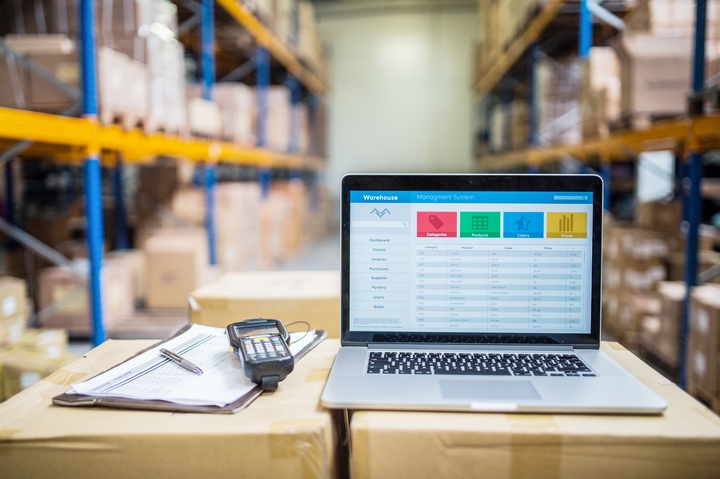In our ever-evolving technological world, we are often surprised when fresh inventions come out. These new gadgets are smarter and more impressive than we thought possible.
E-commerce, or buying and selling online, is both a solid pillar and a rising force in the tech world. Through it, you can trade goods and services online without brick-and-mortar stores. It includes online shops, digital markets, and electronic payment methods. With it, you can buy and sell things quickly, reach shops all over the globe from your couch, and skip the trip to the store. People love how easy it is to shop from home.
The e-commerce supply chain handles everything from where a product starts to when it gets to the shopper’s screen. It’s a big web that covers getting materials, making products, keeping track of stock, sending out orders, and getting products to buyers. Effectively managing this ensures everything runs smoothly, arrives on time, and doesn’t cost too much.
Wondering how to manage this well? There are many ways. If you’re looking to sharpen your e-commerce supply chain management skills, keep reading! We’ll share some straightforward advice with you.
Technology

Technology is crucial for improving the e-commerce supply chain. By using advanced software and digital tools, businesses can make day-to-day operations more efficient and gain better visibility and control over their entire supply chain.
With inventory management systems, order processing software, and real-time tracking, companies can keep an eye on stock levels, make order fulfilment smoother, and quickly adapt to changes in demand.
Automating regular tasks cuts down on mistakes, improves accuracy, and ensures that information moves smoothly through the supply chain network. This all helps to elevate customer satisfaction and operational excellence.
The importance of third-party logistics

Third-party logistics, or 3PL, is when companies outsource logistics and supply chain management to specialist providers. These businesses depend on third-party logistics firms for transportation, storage, order processing, and distributing goods.
By using these experts with their own equipment and knowledge, companies can make their supply chains more effective, cut down on running costs, and pay more attention to their main business areas. Third-party logistics suppliers use the latest technology and data analysis to give up-to-the-minute insights into the supply chain. This helps them refine procedures and makes logistics and fulfilment operations better overall.
Integrating a third party logistics company into an e-commerce supply chain streamlines processes and enables businesses to adapt quickly to market changes and customer demands.
Collaboration & Communication

In addition, technology plays a crucial role in fostering collaboration and communication among different stakeholders in the supply chain. Sharing real-time data can allow suppliers, manufacturers, and logistics partners to access and update information instantaneously.
This seamless and functional connectivity minimizes delays, enhances transparency, and enables all parties to make informed decisions based on real-time data.
Data analytics

Another tip for managing your e-commerce supply chain would be to utilize data analytics. By taking advantage of advanced analytics tools, businesses can gain valuable insights into their supply chain performance, enabling them to make informed decisions and optimize various aspects of their operations.
Key metrics such as order fulfilment time, inventory turnover, and order accuracy can be analyzed to identify areas for improvement, facilitating a proactive and data-driven approach.
Predictive analytics

Predictive analytics also play a crucial role in anticipating potential disruptions, allowing businesses to implement preemptive measures and enhance overall supply chain resilience.
Through continuous monitoring and analysis, data analytics empowers e-commerce enterprises to adapt swiftly to market dynamics, enhance efficiency, and deliver an exceptional customer experience.
Management of inventory

Our last tip would be to view your inventory management as imperative. Maintaining a well-balanced inventory is crucial to meeting customer demands while avoiding excess holding costs.
Employing advanced inventory management systems and leveraging data analytics for demand forecasting allows businesses to optimize stock levels, reduce the risk of stockouts or overstock situations, and smoothen out the reordering processes.
Regular audits and updates of inventory data help ensure accuracy and eliminate obsolete items, ultimately enhancing efficiency, reducing costs, and improving overall customer satisfaction by providing products are readily available when needed.




